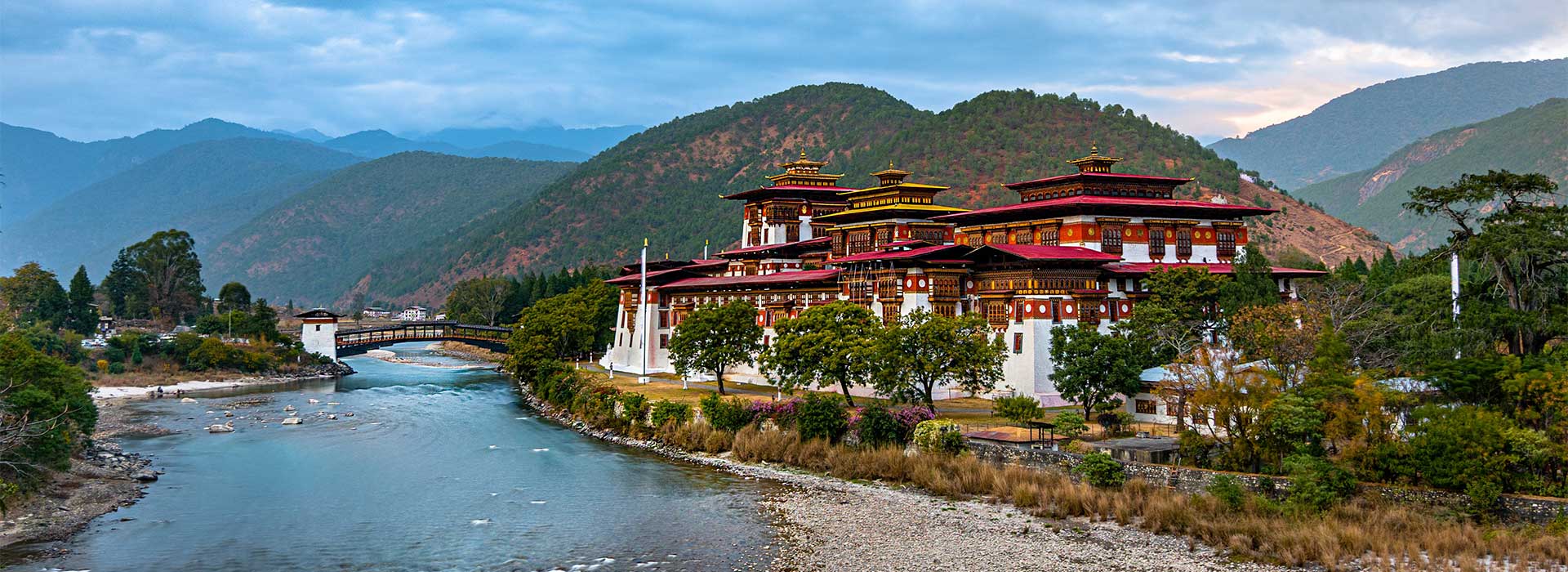I’m going to bet you’ve never heard of a GLOF. I hadn’t, until last week, when I was introduced to the idea of Glacial Lake Outburst Floods, a direct impact of climate change in the Himalayas, and specifically in the tiny kingdom of Bhutan.
If you’ve heard of Bhutan, it’s probably because the country measures the health of its society by Gross National Happiness rather than by Gross National Product. More interesting to me is how the Bhutanese people are attempting to manage some of the near term dangers from climate change, specifically those caused by glacial lakes bursting their natural dams. It’s a poignant example of how short term adaptation is the only path available to countries and people already feeling the pain of climate change.
Briefly, the Bhutanese are worried about the lake that has formed at the base of the Thorthomi glacier, nestled into the mountains at over 14,600 feet elevation in the Lunana region. Though as recently as the fifty years ago there were hardly any meltwater ponds on the glacier, there is now a lake of approximately 3.42 square miles, up from only 1.28 square miles in 2001. The lake is filling quickly, and threatens to blow out its natural moraine dam.
It’s pretty easy to understand what’s going on here. The glaciers are melting more quickly than they ever did in the past, due to climate change, and the resulting runoff is threatening the valleys below with catastrophic flooding. The impact would include downstream flooding and destruction of forest, ancient villages, and the Punakha Dzong (circa 1374), former seat of the monarchy.
It’s also pretty easy to understand what adaptation looks like in this context – figure out how to get the water level down to avoid the pressure that might prompt a Glacial Lake Outburst Flood. In fact, the obvious thing to do is dig a canal, allowing a controlled water release.
The Thorthomi Lake Artificial Drainage Project, developed in partnership with the World Wildlife Fund among other international NGO’s, began in 2008 with a mission to lower the water level by 5 meters as soon as practically possible (download complete project details here). Given the challenges of elevation, weather patterns, Bhutan’s remote location and its small resource base (the nation’s population hovers around 650,000), it’s been very much a manual effort to date. Still, the project is making progress.
When we talk about adaptation and geo-engineering, this is what it looks like on a practical level. Where it used to be OK to assume that Nature could reliably contain or channel glacial meltwater, we’ll now take that job into our own hands. That’s a great thing for people like the Bhutanese living in the Punahka Valley, who will sleep better at night knowing that sudden glacial flooding is less likely. But I can’t help wondering how many other systems are already being thrown out of balance, all over the world, and how much our creativity and resources will be taxed in coming up with practical solutions to cope.
Brought to you by terrapass.com
Featured image







